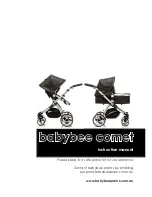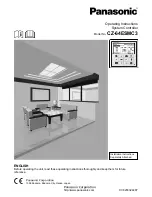
1.0
Instructions for self-builders
CNC Motion Controller:
AC-CNC2017-2S (REV03)
1.1 You need Help?
You have chosen a kit.
If you have any concerns, we can also offer you the assembly of the components at
this point in time. Just send us an email with your request to:
Everything else is then clarified.
1.2 Note
This kit was built and tested many times as a prototype before go to production. Only when
optimum quality is achieved in terms of function and operational safety, it is released for the
series.
In order to achieve a certain functional safety during the construction of the controller, the
entire structure was share down into two stages:
1. Stage I: 2.1
Assembly the components
2. Stage II: 3.0 Functional test
When soldering the components, make sure that they are soldered to the board (if not
indicated otherwise) without distance to the PCB.
All protruding connection wires are cut off directly above the solder.
Since this kit is sometimes very small or narrow spaced pads (solder danger), it is only
possible to solder here with a soldering iron with a small soldering tip. Solder carefully.
2.0 Soldering instructions
1. When soldering electronic circuits, never use Soldering water or soldering grease.
these contain acid, which destroys components and traces.
2. Use as soldering material only PB38SN60CU2 (lead 28%, tin 60%, copper 2%) with a
rosin core which also serves as a flux.
3. Use a small soldering iron with a maximum of 30 watts of power.
4. The soldering must be done quickly, too long soldering destroys the components by
excessive heat.
.
The maximum temperature is 250 °c for 5 seconds per pad.
5. The cleanliness of the soldering tip is essential for a good soldering result.
6. After each soldering, clean the soldering tip with a damp sponge or a silicone wiper.
7. After soldering, protruding connection wires are cut directly above the solder with a
side or flat cutter.
8. After the fitting, always check each circuit again to make sure that all components are
correctly inserted and poled. Also check whether connections or conductors with tin
were accidentally bridged. This can lead not only to malfunctions, but also to the
destruction of the components
.
9. Please note that improper solder joints, wrong connections, incorrect operation and
assembly errors are outside our sphere of influence.
10. Be sure to observe the safety instructions under point 5.0!



































